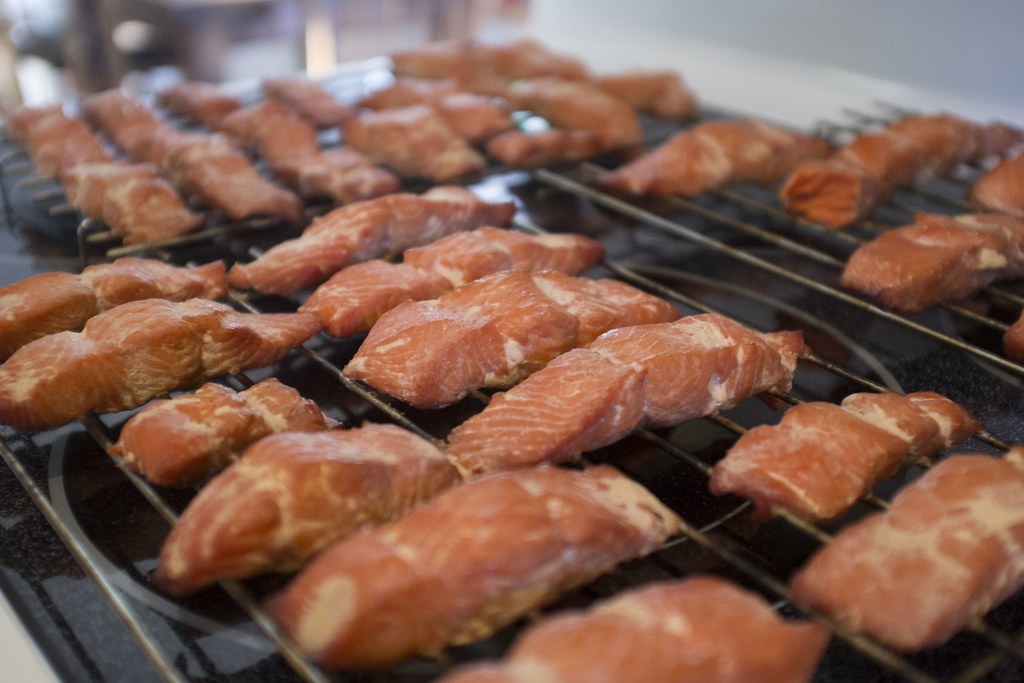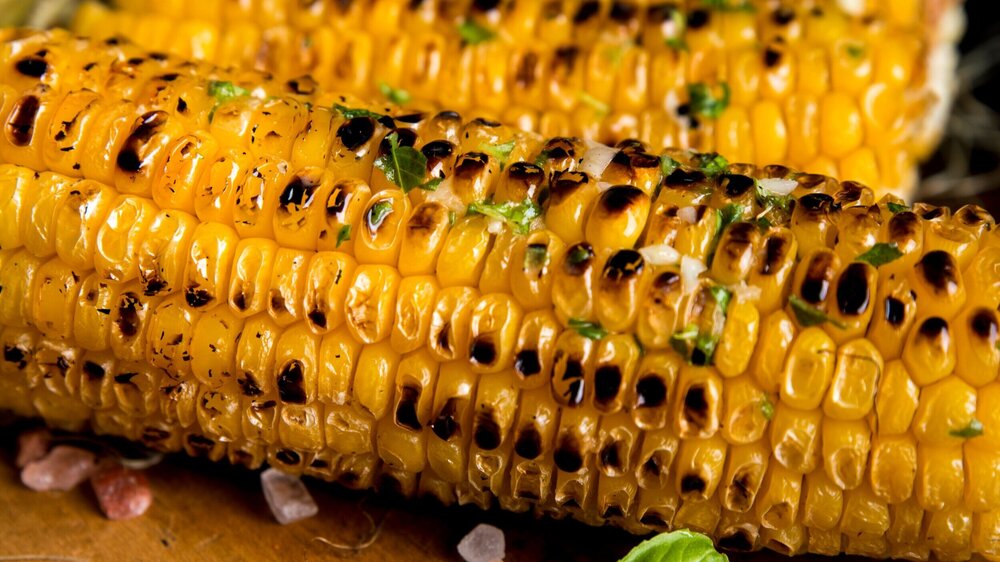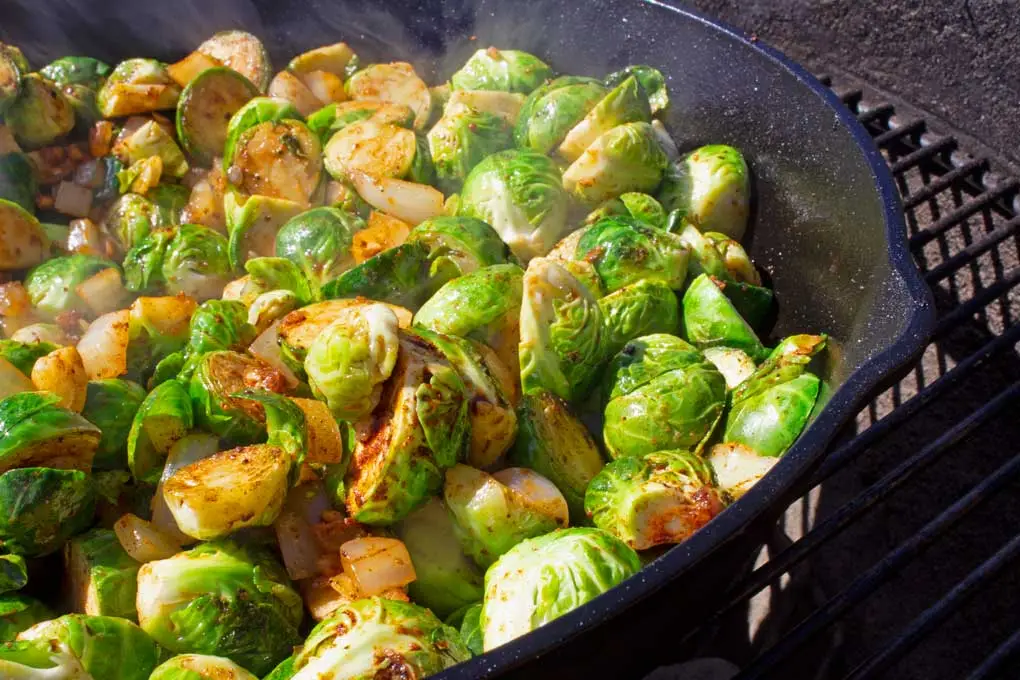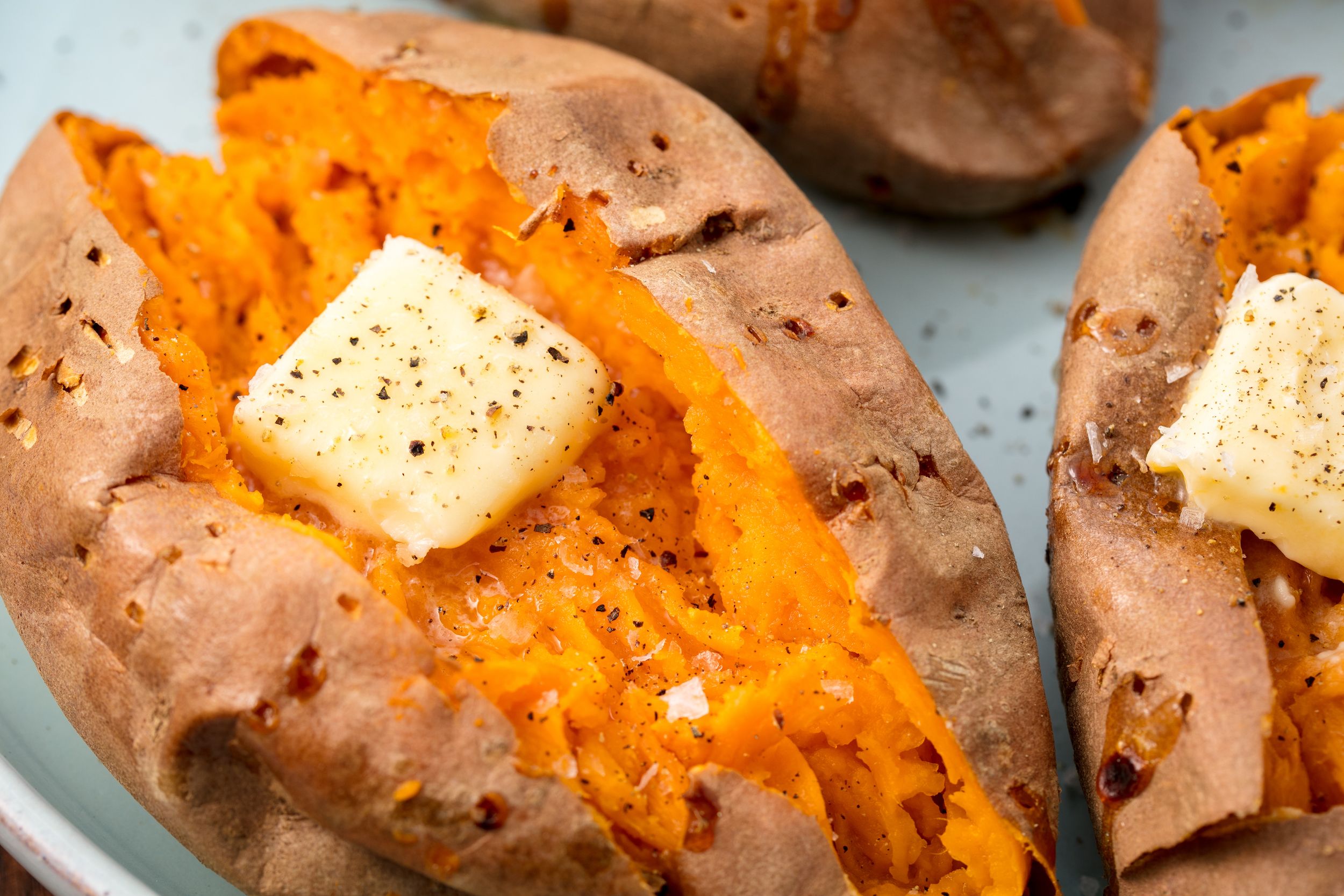Smoked salmon has a delicate and distinct flavor, with a smoky, salty, and slightly sweet taste. It has a tender and flaky texture that melts in the mouth, making it a popular choice for appetizers, salads, and sandwiches. The smoking process adds a unique depth of flavor to the fish, making it a delicious and versatile ingredient.
Jump to RecipeHow to Choose Fresh Salmon
To choose the best fresh salmon, start by using your senses. Look for salmon that has a bright and shiny appearance, with firm flesh. Avoid salmon that looks dull, has discolored spots, or has soft or mushy areas. Next, smell the salmon. Fresh salmon should have a mild, ocean-like smell. If it smells overly fishy or has a strong ammonia-like odor, it may not be fresh.
Finally, feel the salmon. It should feel firm to the touch and have a slightly slippery texture. If the salmon feels slimy, it may be starting to spoil.
How to Store Fresh Salmon
To store fresh salmon, it’s important to keep it at a temperature that will slow down the growth of bacteria. As soon as you bring the salmon home, rinse it under cold running water and pat it dry with paper towels. Then, wrap it tightly in plastic wrap or place it in an airtight container and store it in the coldest part of your refrigerator, ideally at 32-39°F (0-4°C).
If you’re not going to use the salmon within a day or two, consider freezing it. Wrap it in freezer paper or heavy-duty foil and store it in the freezer for up to 2-3 months. To thaw frozen salmon, transfer it to the refrigerator the night before you plan to use it.
Wood Pairing for Salmon
Smoking salmon with mesquite or maple wood is an excellent way to enhance the fish’s natural flavors with delicious smoky undertones. Mesquite wood provides a robust and bold smoky flavor that complements the fish’s natural oils, while maple wood offers a more delicate and subtle smoky flavor that allows the salmon’s natural taste to shine through.
It’s important to avoid using woods that are too strong or overpowering, such as hickory or oak, as they can mask the delicate flavors of the salmon.

Smoked Salmon
Ingredients
- 2 lbs salmon filet
- 1 tbsp. kosher salt
- 2 tbsp. dark brown sugar
Instructions
Preparation
- Pat dry the fresh salmon with a paper towel. Move the salmon to a wire rack lined sheet pan.
- Mix together the brown sugar and kosher salt in a small mixing bowl.
- Lightly coat the skin side of the salmon with the salt and sugar mix. Thoroughly coat the meat side of the salmon with the rest of the mix.
- Cover the wire lined rack with tin foil, and place in the refrigerator. Let the salmon rest in the refrigerator 8 hours to overnight.
- Rinse off the brine with water and pat dry.
- Place the salmon back onto the wire lined rack uncovered.
- Place back in the fridge for at least 5 hours or until it forms the pellicle. The skin should be tacky and glossy.
Cook
- Remove the fish from the fridge and place it on the counter for about 30 minutes to prepare for even cooking.
- Preheat the smoker to 180 °F (or the lowest setting your smoker has available).
- Smoke for 40 minutes to 1 hour (or when the internal temperature reaches about 145 °F). Remove the fish once it reaches 145 °F.
- Let the salmon rest on the counter, uncovered for about 10 minutes. Serve warm.
Notes
- Calories: 271
- Total Fat: 15g
- Saturated Fat: 3g
- Cholesterol: 86mg
- Sodium: 80mg
- Protein: 33g
- Sugar: 1.5g
Side Dishes for Smoked Salmon
If you’ve already got the smoker fired up, why not make some sides to go with that smoked salmon? We’ve got some recommendations for easy, delicious sides you can cook right alongside your main course. Recommendations below are grouped by wood type. Try to choose sides that pair just as well with your wood choice as your salmon does.
Select the wood type for your Smoked Salmon:
Mesquite Wood
Maple Wood
Recommended sides when smoking with Mesquite Wood:
No Posts Found
Recommended sides when smoking with Maple Wood:
How to Store Smoked Salmon
To store cooked smoked salmon, it’s important to keep it in a sealed container or wrapped tightly in plastic wrap in the refrigerator. Make sure to store it as soon as possible after cooking, and consume it within 3-4 days.
If you need to store it for a longer period, you can freeze it in an airtight container or wrapped tightly in freezer paper or heavy-duty foil for up to 2-3 months. When thawing frozen smoked salmon, transfer it to the refrigerator the night before you plan to use it.
How to Reheat Smoked Salmon
To reheat cooked smoked salmon, it’s best to do so gently to avoid overcooking or drying out the fish. One way to do this is to place the salmon in a single layer on a baking sheet and warm it in a preheated oven at 275-300°F (135-150°C) for 10-15 minutes, or until heated through.
Alternatively, you can heat the salmon gently in a skillet on low heat, with a bit of butter or oil to prevent sticking. Be careful not to overheat or cook the salmon for too long, as this can cause it to become dry and lose its flavor.
What is Salmon?
Salmon is a type of fish that is native to the North Atlantic and Pacific Oceans. It is a popular food fish and is often used in a variety of dishes, including sushi, salads, and grilled or baked entrees. Salmon is known for its distinctive pink-orange flesh, which is high in protein and omega-3 fatty acids.

It is a good source of essential vitamins and minerals, including vitamin D, vitamin B12, and selenium. Salmon can be farmed or wild-caught, with wild-caught salmon generally considered to have a better flavor and texture. The different species of salmon include Atlantic, Chinook, Coho, Sockeye, and Pink.



